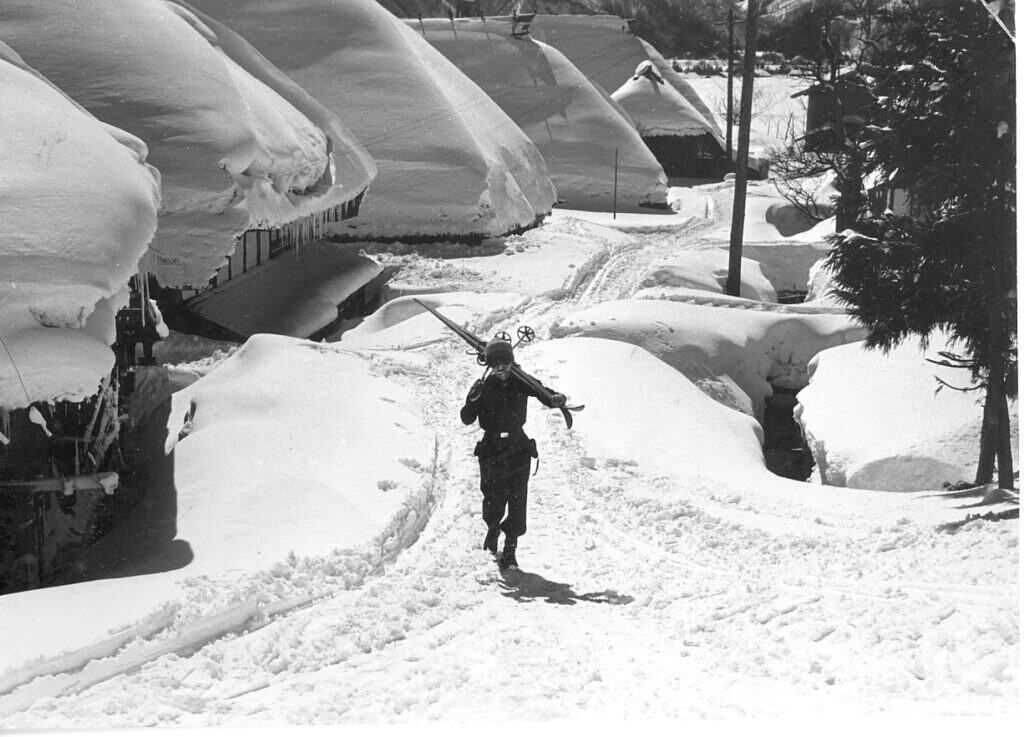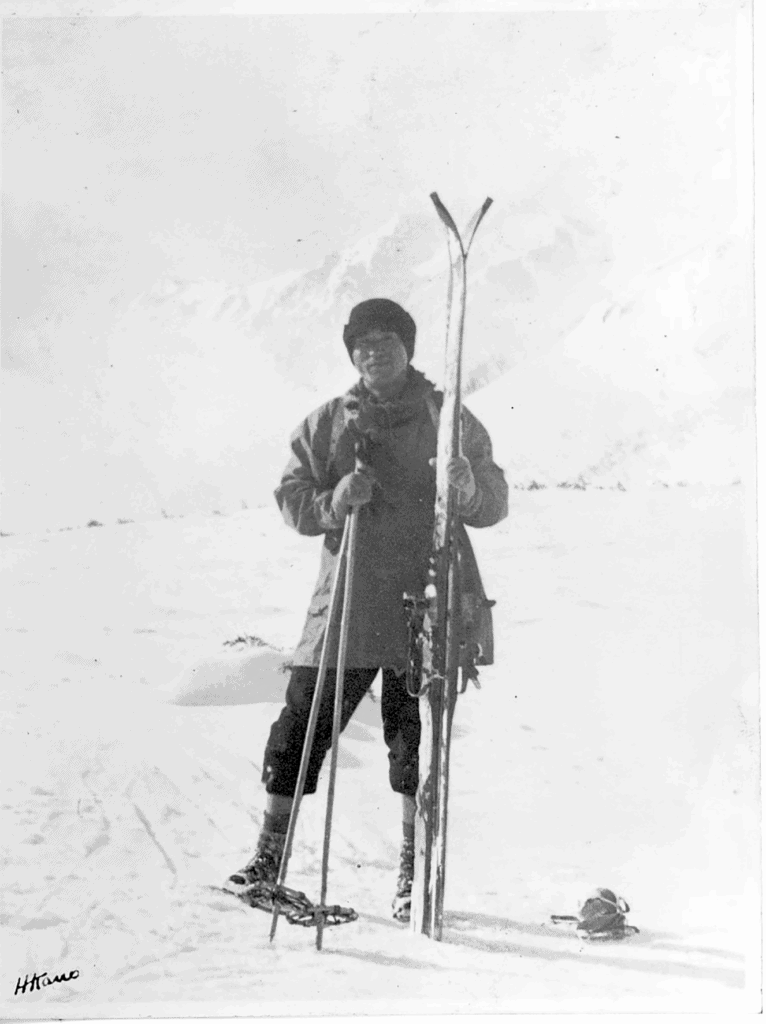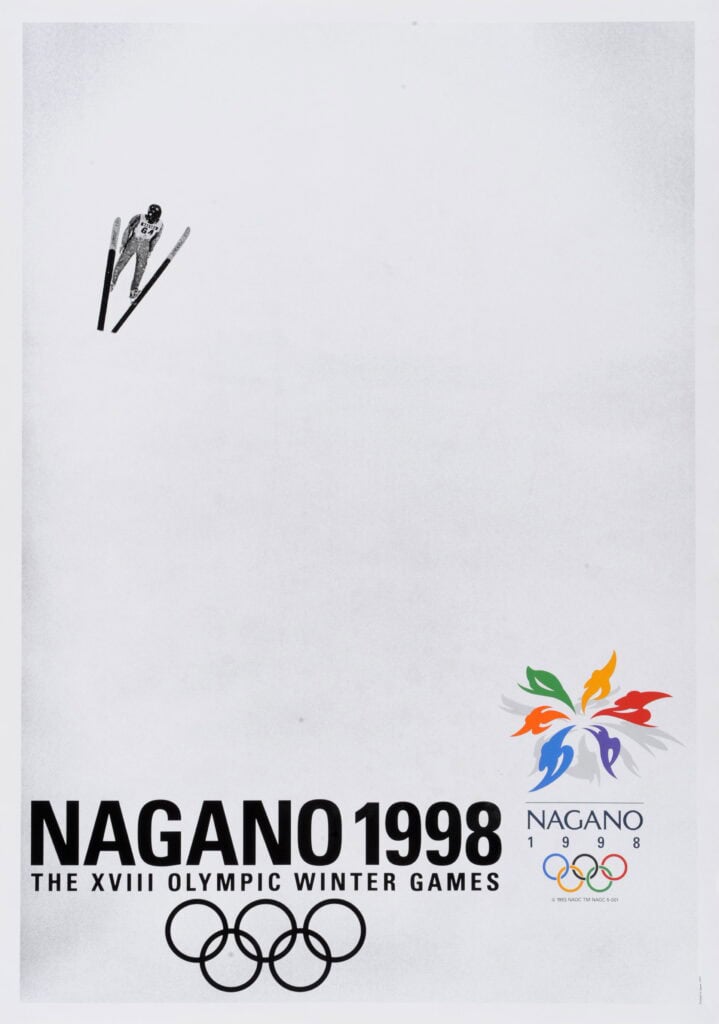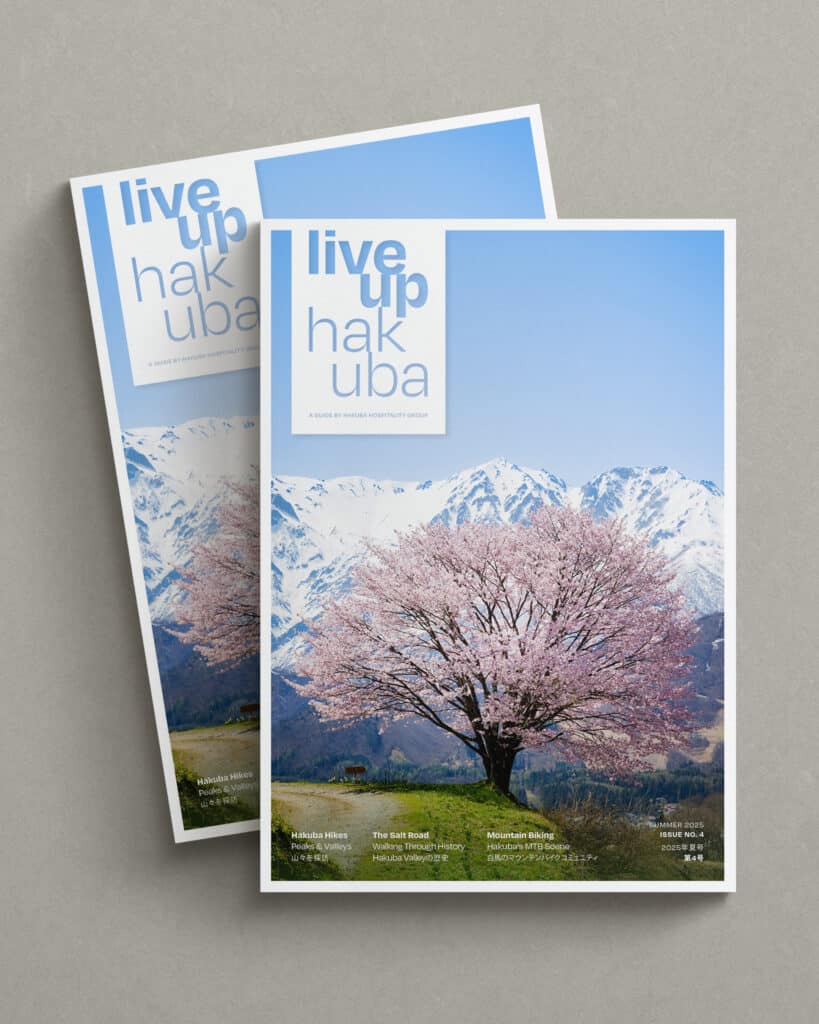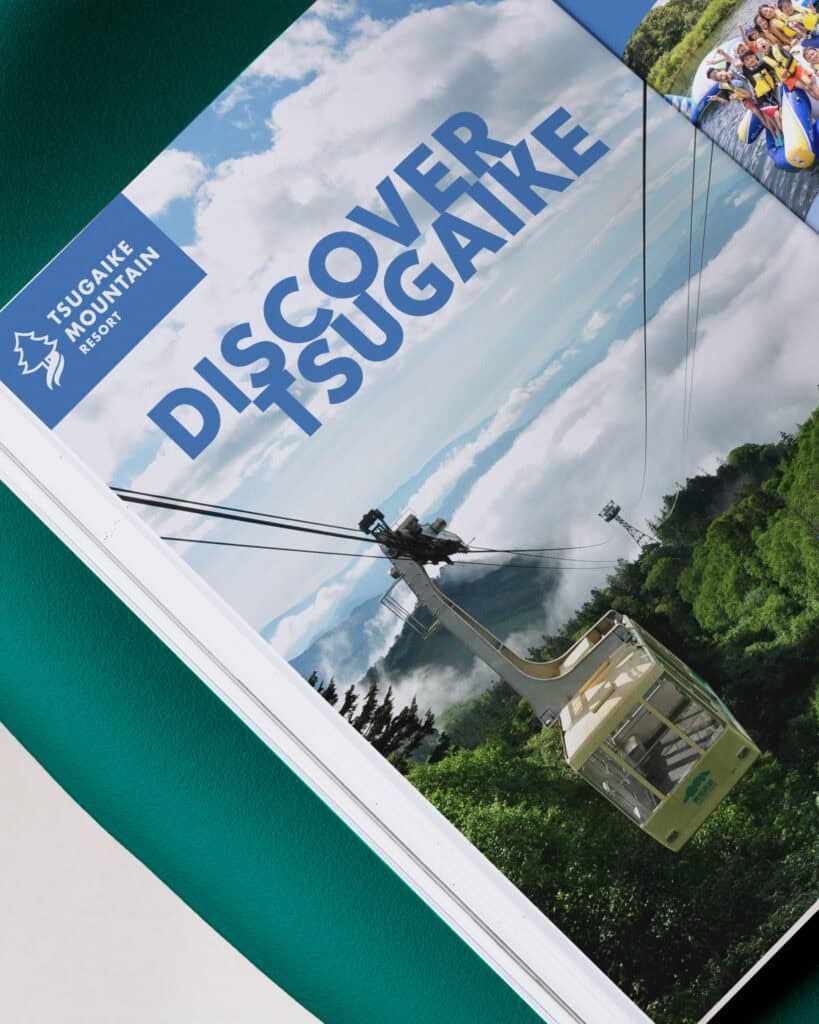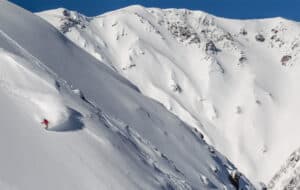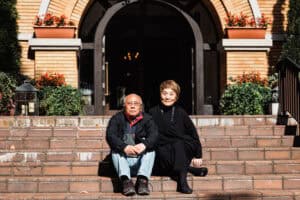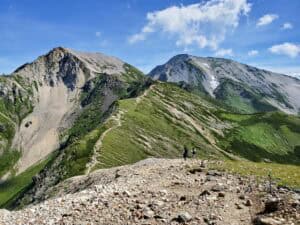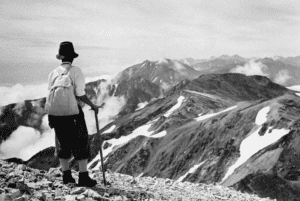Nestled in the majestic Northern Alps of Nagano Prefecture, lies the charming village of Hakuba. Renowned for its breathtaking natural beauty, rich history, and high density of ski resorts, Hakuba offers a haven for outdoor enthusiasts and adventurers looking to explore the wonders of this alpine terrain.
The Dawn of Mountain Sports
For thousands of years, people have inhabited the base of the Japanese Alps, living in harmony with the mountains and farming the fertile soil in the valley. The historic residents deemed the mountains sacred spaces, and local authorities even forbade anyone from climbing them. Regulations loosened during the Meiji Restoration (1868–1889) as Japan embraced Western influence, and intrepid adventurers began to summit Hakuba’s peaks from 1874, ushering in the dawn of mountain sports in Hakuba.
A History of Skiing
Downhill skiing was first introduced to Japan in nearby Niigata Prefecture in 1911 by Austrian Lieutenant Colonel Theodore Edler von Lerch, who was brought to Japan to teach mountain warfare and skiing to the Japanese army. Skiing quickly grew from a military exercise to an adventure activity, capturing the enthusiasm of the people of Hakuba, who wholeheartedly embraced its enjoyment.
The Birth of Happo-One Resort
After World War II, university professor and Hakuba resident Fukuoka Takayuki garnered local government and community support in order to establish the first ski run on Happo-One, the Riesen Slalom Course. He then organized the Riesen Slalom Competition in 1947, which is held annually to this day.
In the absence of ski lifts or ropeways, the initial skiers on the Riesen Slalom Course showcased remarkable mountain climbing abilities in order to ascend 1,030 meters to reach the top of the run. This illustrates the close bond between skiing and mountain climbing in the early era of Japanese skiing. It wasn’t until seven years later that the Nakiyama Lift became operational, linking the mountain’s base to the Riesen Slalom Course.
Olympic Legacy
Hakuba gained international recognition when it played host to several events during the 1998 Nagano Olympics, including ski jumping, downhill, super-G, Nordic combined, and cross-country events. This was Japan’s most successful Winter Olympics to date, with five gold medals being awarded to the host. Of these, two were earned in ski jumping in Hakuba.
To this day, the Olympic legacy remains prevalent in Hakuba, with many visitors flocking to the Olympic venues to relive the excitement and enjoy the infrastructure that was developed for the games but persists for the benefit of the local community and visitors alike.
The Hakuba Valley at a Glance
The Hakuba Valley is not a single resort but a stunning valley spread across 40 kilometers and home to 10 resorts with over 200 runs for all levels of skiers and snowboarders. With an average annual snowfall of over 10 meters, the Hakuba Valley is often among the snowiest ski resorts in the world.
Backcountry enthusiasts will feel at home with Hakuba’s steep and challenging off-piste terrain, which is easily accessible without violating local resort rules and without enduring long hikes. There are several excellent multilingual ski touring companies to lead you through the backcountry safely.
The Hakuba Valley Pass is sold online and grants access to all 10 resorts in the Hakuba Valley. Pass holders can also ride the inter-resort shuttle system free of charge.
